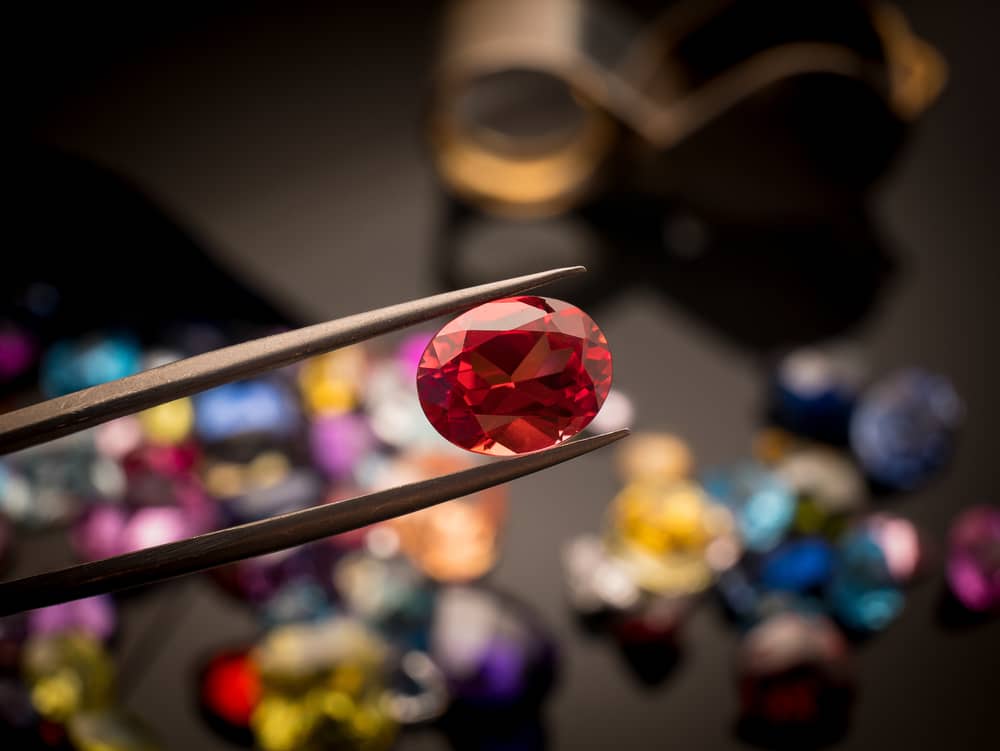A Diamond for Every Colour: How Colours Manifest Within Diamonds and How Colour Affects a Diamond’s Value

In our last blog, we took an in-depth look at the 4C's for evaluating a diamond's quality: Cut, Carat, Clarity, and Colour. These are standard grading categories that together determine a diamond's overall value. Within that blog, we focused on "normal coloured diamonds" that everyday people would buy for diamond jewellery.
With regards to colour, we only scratched the surface. Today we will explore diamond colour further, how colours form within a diamond, and the commercial value of these "fancy colour diamonds".
The Normal Colour Range
Unless you are a trader of rare gems, the diamonds you will come across will fall within the "normal colour range" of colourless to light yellow. When shopping for a diamond necklace or diamond engagement ring, you will most likely be choosing from diamonds within this colour range, which are graded on a scale from D-Z. On this scale, pure, colourless diamonds are rated D.
The Gemological Institute of America (GIA), considered the world's leading authority on diamond evaluation, created the D-Z grading system for diamond colour in response to finding the established diamond grading systems at the time to be insufficient and inconsistent.
Some now-defunct grading systems graded diamonds by using the letters A, B, and C to cover the full spectrum of colours. The GIA endeavoured to fully separate their grading system from older variations by starting grades with the letter D.
Fancy Colour Diamonds
Any diamond that falls out of the normal colour range is considered a fancy colour diamond. Chemically speaking, these diamonds include impurities and/or traces of elements other than carbon within their structure. A fancy coloured diamond will get its colour depending on the cause of its impurity.
While fancy coloured diamonds may be less pure than a diamond with a colour that falls in the normal colour range, their rarity and uniqueness increase their consumer value. Fancy coloured diamonds include colours such as blue, green, black, pink, orange, purple, and red, listed here in order of increasing rarity.
What Determines a Diamond’s Colour
To understand how a diamond becomes coloured, we first need to understand what diamonds are and how they are formed.
Diamonds are crystalline solids of the element carbon, formed deep underground in the Earth's mantle and under immense pressure. They can be found in igneous rock clusters called kimberlites. Kimberlites are chunks of cooled magma created hundreds of kilometres beneath the surface.
Kimberlite eventually reaches the surface through kimberlite pipes after they are jettisoned to the Earth's crust through subterranean eruptions and fissures. This natural phenomenon explains why some regions of the Earth are richer in diamonds than others.
Diamonds are also extremely old, with some diamonds estimated to have formed hundreds of millions of years ago! It is a combination of their age and exposure to other elements found in the mantle that results in different coloured diamonds. Typically, diamonds of similar colour are found in the same region of the Earth.
Since a pure diamond with a flawless carbon structure appears colourless and transparent, any colouration within a diamond is considered an impurity within that structure. This is called a carbon flaw. In essence, the size or amount of flaws within the carbon structure affects the colour of the diamond and thus its colour grade.
The most common diamond impurity is from nitrogen atoms intertwining with the carbon structure, resulting in a yellow colour. Because of their prevalence, yellow-coloured diamonds are included on the normal colour grading scale.
Other impurities result in different coloured diamonds, most notably with boron creating blue hues and irradiation creating greens, pinks, and reds. Diamonds with these colourations are not included on the normal colour rating scale because their colours are so rare.
Which Fancy Colour Diamonds are Most Valuable?
Despite there being an existing order of diamond colour rarity, rarer colours do not necessarily equate to more value. Assuming equal Carat, there are a few other factors that determine value.
Under the umbrella of colour is saturation and vividness, both of which play a large role in determining value. The stronger or more vivid the colour is, the more valuable it may be. For example, a blue diamond may be less rare than a pink diamond, but if the blues are deep and the pinks muted, the blue diamond may be worth more.
Diamond evaluators must also consider consumer demand and trends when setting a price. Fashion trends and marketing play a large role in the demand for fancy colour diamonds as well.
